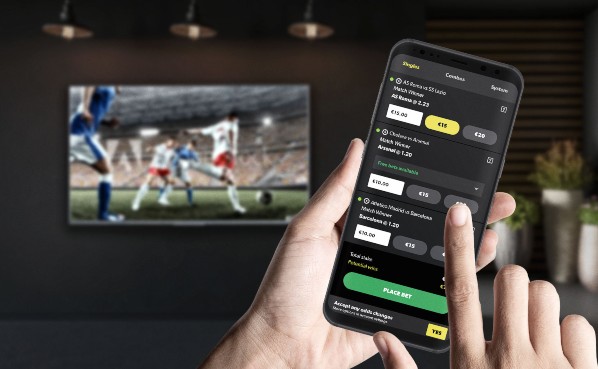There are several key steps to successfully get started with mobile game development for Android and iOS devices. Ever since the Apple App Store and Google Play were launched in 2008, they have become flooded with thousands of exciting, action-packed smartphone games. After all, more than five million mobile games are downloaded every single day. While these applications may be easy to download and play, creating your own is an incredibly multifaceted, highly-technological process. As a mobile app enthusiast, there are several things to know about the iGaming industry before building your first digital solution. This way, you can maximize your earning potential, achieve day-to-day versatility, and deliver superior value to users. Read on to learn how to successfully get started with mobile game development.
Create a Mobile Game Concept
Prior to development, you need to create a strong, exciting mobile game concept. First off, think about game mechanics. This involves all the steps players must follow to achieve major game objectives and milestones. Then, focus on your game’s internal settings. Typically, this extends to two major parts: your aesthetics as well as your storyline. Generally speaking, the story represents the environment, setting, and world that your game exists in. Ultimately, it describes what will happen throughout the course of gameplay. Aesthetics, on the other hand, impact how your game will sound, feel, and operate. Surely, creating a mobile game concept is key to successfully get started with development.
Conduct Market Research
Gaining insights from the marketplace are essential to understand your mobile game, as well as your users better. Start off by checking out some of the top-rated, trending games on the app store. Also, take a close look at some of the most popular genres, themes, and categories. With this foundation, you can start to discover your top competitors, identifying prospective users, and collecting feedback early-on. With these actionable measures, you can target your online reach and obtain richer insights for development. Naturally, this will help you minimize investment risk, strengthen your position, and evaluate your success down-the-road. Certainly, conducting market research is key to successfully begin mobile game development for smartphone devices.
Set Up Your Tech Stack
Now, you are ready to set up your tech stack with the latest tools, resources, and technologies for mobile game development. There are several powerful programming solutions to help you configure your smartphone gaming application. For example, many teams use Helm charts and repositories to streamline privacy, optimize access control, and take advantage of high availability. Plus, these resources offer massively scalable, enterprise-ready storage capabilities. Of course, this will help you standardize configuration templates, accelerate programming speed, and simplify testing procedures. Indeed, tech stack configuration is essential to successfully get started with mobile game development.
Design for Flexibility
At this point, it is time to start designing your mobile game with flexibility in mind. Ideally, you should strive to developer towards your player’s preferences, interests, and capabilities. Keep in mind, there will always be significant differences between user experiences, needs, and requirements. Therefore, you should try to accommodate different types members throughout your target audience. This will help you ensure that your application fits into the lifestyles of various different user segments. Absolutely, design for flexibility to successfully get started with mobile game development.
Release Your Game
Once you are confident in your gameplay, infrastructure, and design, it is officially time to release your smartphone application. Developers often get caught up in trying to make their game absolutely perfect pre-launch. Unfortunately, this often leads to significant delays in the initial release. In most cases, its better to get your game up and running quickly. This way, it can rapidly find and resonate with an audience. Afterwards, you can focus on making updates and conducting routine maintenance. You can also think about dedicating time towards marketing and monetizing your gaming application. Definitely, release is a crucial phase of the mobile game development process.
There are several key steps to successfully get started with mobile game development. First off, create an exciting, memorable game concept. Then, gain strategic insights from market research techniques. Now, you are ready to set up your tech stack with the latest tools, resources, and technologies. To help you through the process, you should clearly understand how to tune up your virtual environment for successful development. At this point, it is time to start designing your application for flexibility. Once you are confident in your gameplay, graphics, and architecture, its officially time to release your application. Follow the points highlighted above to learn how to successfully get started with mobile game development.



